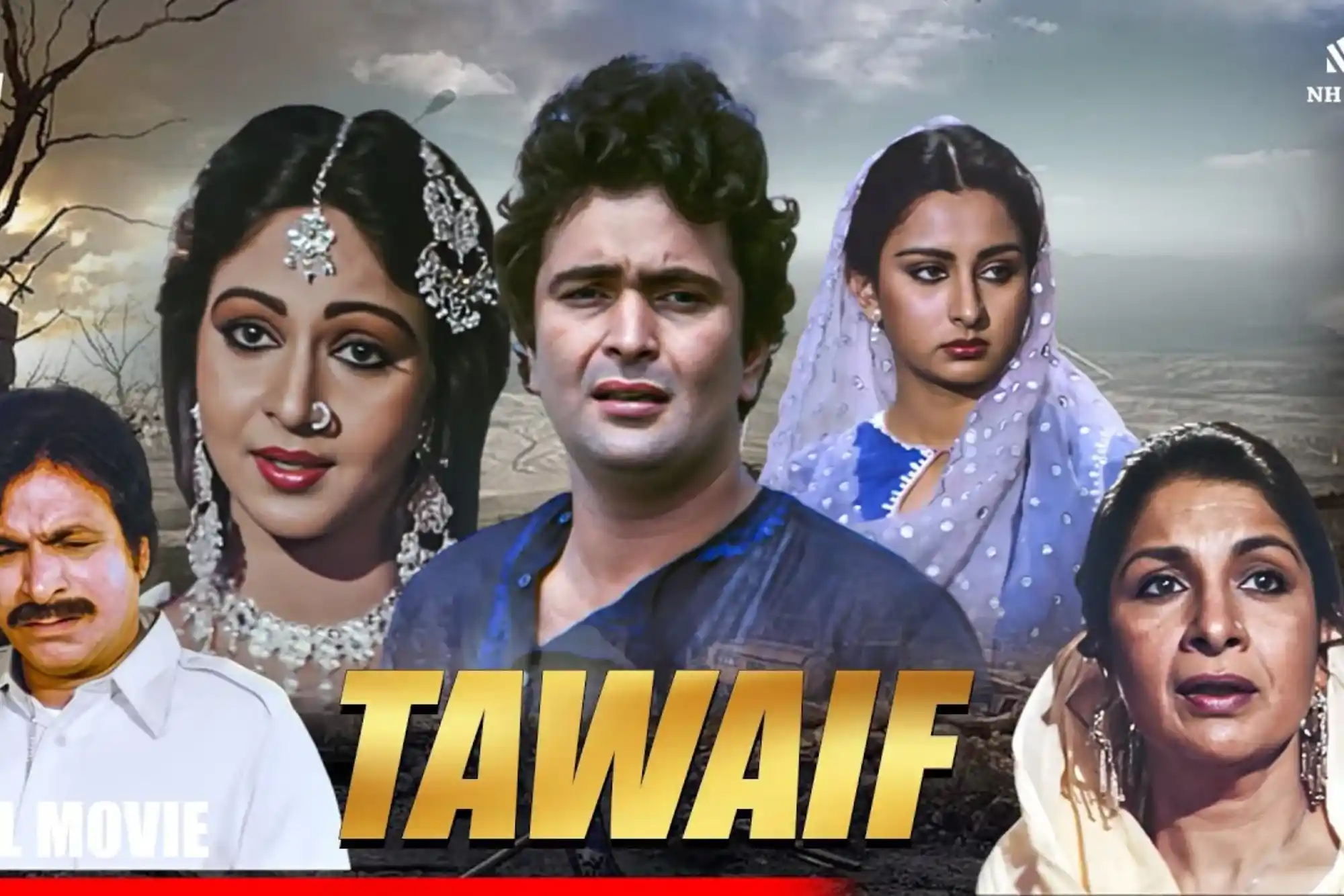Music has the incredible power to transcend time, and old songs are perfect examples of this. They resonate across generations, invoking emotions and memories in a way that few things can. While new music continues to emerge, there’s something about the classics—those old songs—that still strike a chord with listeners, young and old alike.
These songs not only tell a story but also encapsulate an era. Whether it’s the swing of the 1940s, the rock and roll of the 1950s, or the soulful ballads of the 1970s, old songs have left an indelible mark on culture and continue to hold their ground in the ever-changing music landscape.
The Historical Evolution of Old Songs
Understanding the significance of old songs requires us to look at their historical journey. Music is as old as civilization itself, with early forms of songs found in ancient cultures like Egypt, Mesopotamia, and Greece. These early tunes evolved over centuries, leading to the Renaissance, Baroque, and Classical eras, each contributing something unique to the world of music.
As we moved into the 20th century, old songs began to take on a modern form with genres like jazz, blues, and folk setting the stage for the music we know today. The roaring 1920s saw the rise of jazz, while the Great Depression of the 1930s brought folk songs that told stories of hardship and resilience.
By the 1950s and 1960s, rock and roll and Motown ruled the airwaves, setting the tone for what would become some of the most iconic old songs of all time.
Jazz and Blues: The Foundation of Modern Old Songs

Jazz and blues, often considered the cornerstone of modern music, greatly influenced the old songs we cherish today. Jazz, with its improvisational style, brought a sense of freedom and fluidity that was new to the world. Artists like Louis Armstrong and Duke Ellington became household names, and their music laid the groundwork for future genres.
Similarly, the blues, born out of African American experiences, told raw, emotional stories through music. The 12-bar structure and soulful lyrics of blues songs became the backbone of many of the old songs we still listen to. Artists like B.B. King and Robert Johnson were pioneers in this genre, and their contributions to music are still felt today.
The Rise of Rock and Roll and Its Lasting Legacy
The 1950s and 1960s brought the birth of rock and roll, arguably one of the most significant periods in the history of old songs. Rock and roll not only changed the sound of music but also influenced fashion, culture, and even politics. Artists like Elvis Presley, Chuck Berry, and Little Richard became global sensations, introducing a rebellious, energetic style of music that captured the spirit of the youth.
Rock and roll quickly evolved, with the British Invasion in the 1960s led by The Beatles and The Rolling Stones. These bands, through their innovative sounds and lyrics, created some of the most famous old songs that continue to be celebrated. Their music, characterized by its catchy melodies and powerful lyrics, captured the imagination of millions and has remained timeless.
Motown and Soul: The Emotional Power of Old Songs
Motown and soul music took the world by storm in the 1960s and 1970s, producing some of the most emotionally resonant old songs. With artists like Stevie Wonder, Marvin Gaye, and The Supremes, this era was defined by its heartfelt lyrics, smooth melodies, and rich instrumental arrangements.
Motown’s influence on music cannot be overstated. The label, founded by Berry Gordy in Detroit, became synonymous with hits that resonated with both Black and white audiences. Soul music, with its deep roots in gospel, brought spirituality and passion to the mainstream. Many old songs from this era continue to evoke strong emotions, from love and joy to sorrow and despair.
Why Old Songs Still Resonate Today
The question often arises: Why do old songs still resonate with listeners today? Part of the answer lies in their ability to capture universal themes such as love, loss, and hope. Unlike much of today’s music, which can be overly commercialized and driven by trends, old songs often focused on raw emotions and storytelling.
Another reason for their enduring appeal is the musicianship and craftsmanship that went into creating them. Many of the old songs were recorded with live instruments, giving them a warmth and authenticity that digital music sometimes lacks. This tangible quality helps them stand the test of time, as listeners can hear and feel the passion that went into every note.
Nostalgia and Emotional Connection
Nostalgia plays a significant role in the continued popularity of old songs. These songs often remind listeners of specific moments in their lives—perhaps a first dance, a road trip with friends, or a significant life event. This emotional connection makes old songs more than just music; they become a part of the listener’s personal history.
For older generations, these songs are a link to their past, while for younger audiences, old songs provide a window into a different era. The timeless themes and excellent musical craftsmanship ensure that these songs never feel outdated, even as music styles evolve.
The Influence of Old Songs on Modern Music

Modern artists frequently cite old songs as their inspiration. Genres like hip-hop, pop, and even EDM borrow elements from classic music. Samples from old songs are regularly used in modern tracks, with artists paying homage to the music that shaped them. Kanye West, for example, has used classic soul samples in his work, while artists like Adele have cited older ballads as major influences on their vocal style.
This blending of the old with the new keeps the spirit of old songs alive, even as they continue to influence the next generation of musicians. The respect and reverence for these classics show that they aren’t just relics of the past but a vital part of music’s ongoing evolution.
The Importance of Preserving Old Songs
As digital streaming platforms dominate the music industry, the preservation of old songs becomes increasingly important. Record labels, collectors, and archivists are working to ensure that these classic tracks are accessible to future generations. Streaming services like Spotify and Apple Music have made it easier than ever to access vast libraries of old music, but there’s still work to be done in ensuring that rare or forgotten old songs don’t disappear into obscurity.
Preserving these songs means more than just maintaining a record of the past. It’s about keeping alive the artistry, culture, and history that these songs represent. Whether through vinyl collections, digital archives, or even live performances by tribute bands, keeping the spirit of old songs alive ensures that future generations can appreciate their beauty and significance.
The Role of Technology in Reviving Old Songs
Technology has played a crucial role in the revival and preservation of old songs. Remastering techniques allow us to hear these songs in ways that were not possible before, with enhanced sound quality and clarity. The resurgence of vinyl records has also brought back a tactile, immersive way of listening to music, allowing younger listeners to experience these classic tracks in their original format.
Moreover, platforms like YouTube have made it easy to discover old songs that may have been lost to time. With just a few clicks, anyone can access a wealth of musical history, ensuring that these songs remain a vibrant part of our cultural conversation.
Table: Genres of Old Songs and Key Artists
| Genre | Key Artists | Period | Notable Songs |
|---|---|---|---|
| Jazz | Louis Armstrong, Duke Ellington | 1920s-1940s | “What a Wonderful World” “Take the A Train” |
| Blues | B.B. King, Robert Johnson | 1920s-1950s | “The Thrill is Gone” “Cross Road Blues” |
| Rock and Roll | Elvis Presley, Chuck Berry | 1950s-1960s | “Jailhouse Rock” “Johnny B Goode” |
| Motown/Soul | Stevie Wonder, Marvin Gaye | 1960s-1970s | “What’s Going On” “My Girl” |
| Folk | Bob Dylan, Woody Guthrie | 1930s-1960s | “Blowin’ in the Wind” “This Land is Your Land” |
FAQs
What defines an old song?
An old song is generally defined as a track that was released at least 20 to 30 years ago. It encompasses various genres like rock, jazz, blues, and folk music. These songs are considered timeless because they have maintained popularity and cultural significance over the years.
Why are old songs so popular today?
Old songs remain popular because they evoke nostalgia and offer high-quality musicianship. Their universal themes, emotional depth, and the fact that they often focus on storytelling make them resonate with both older and younger generations.
Can modern artists recreate the feel of old songs?
Yes, many modern artists are inspired by old songs and often incorporate elements of classic music into their work. Some even sample old tracks or imitate their musical style to capture the authenticity and emotion that older songs are known for.
Where can I listen to old songs today?
Old songs are widely available on streaming platforms like Spotify, Apple Music, and YouTube. You can also find them on vinyl, CD, and digital downloads from online music stores.
Old songs hold a special place in the hearts of music lovers around the world. Whether they transport listeners back to a specific time in their lives or introduce them to the rich history of music, these classics have a timeless quality that modern music often lacks.
Their continued popularity shows that while music may evolve, the power of a well-crafted song never fades. From jazz and blues to rock and soul, old songs remain an enduring force in the world of music.





